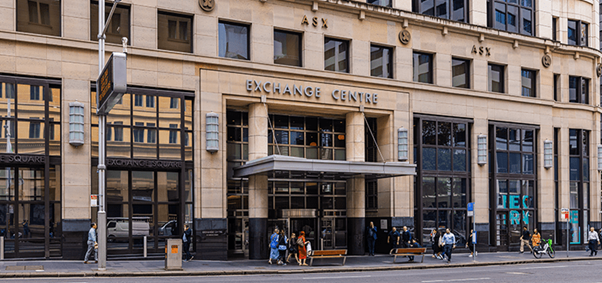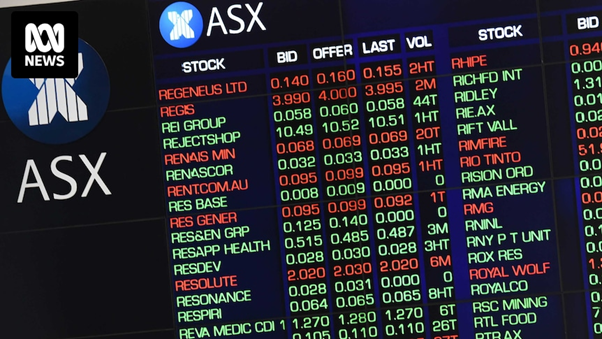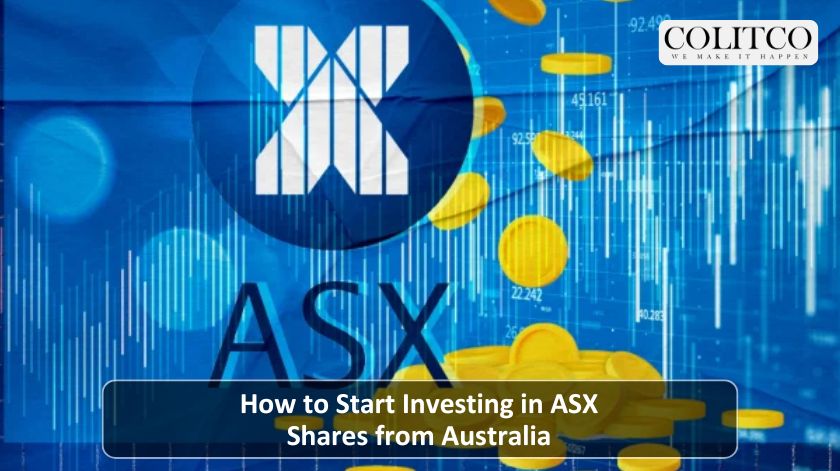Investing in the Australian Securities Exchange (ASX) is, in fact, accessible even for beginners. Anybody with the right guidance would be an able trader.
There are currently about 2.3 million active investors in Australia. More and more are turning to the index to become long-term wealth creators.
Let us go through the eight basic steps to invest in companies listed on the index from Australia.

ASX headquarters in Sydney, the hub of Australia’s financial markets.
What is the ASX, and why does it matter?
The ASX, conceived as the primary Stock Exchange in Australia, is headquartered in Sydney. It boasts more than 2000 listed companies. It is ranked among the top 20 exchanges around the world in terms of market capitalisation, with daily trade volumes exceeding A$5 billion.
An investor can choose from different sectors such as mining, banking, health care, and tech. Leading blue-chip companies with strong dividend histories include BHP, CSL, and Westpac. For Australians, the index offers domestic exposure and also franking credits on dividends.
How do you start investing in ASX shares?
A brokerage account linked to a CHESS-sponsored platform is needed. This allows to register shares under your name, thus making it a direct ownership. Several brokers include CommSec, SelfWealth, and Stake for trading.
The majority of platforms have mobile apps that are user-friendly and contain some basic knowledge for beginners. Following an account setup, you can transfer funds into your account using a bank account linked to it. Minimum trade sizes starting from almost A$500 per trade are commonly available through most brokers.

ASX shareboard displaying real-time stock movements on the trading floor
What shares should beginners consider first?
Begin with ETFs such as VAS, which track the ASX 300 index. They allow wide diversification and are far less risky as compared to stocks. For direct stock picking, start with blue-chip stocks with a relatively constant record of earnings.
Companies like Commonwealth Bank (CBA) and Woolworths (WOW) fit this description. Do not begin with penny stocks or speculative miners since they are highly volatile and very risky. Always check company fundamentals before purchasing.
Investing in the ASX builds long-term wealth
The ASX has given a 9.8% return yearly on average in the last 30 years, inclusive of dividends. At least for some period, reinvestment of dividends and holding long-term is able to exponentially build your capital. Most investors tend to go into buy-and-hold for ASX blue-chips and ETFs.
Regular investing (monthly or quarterly) can instil discipline and minimise the impact of market volatility. Australian tax laws are another incentive encouraging long-term investing: capital gains tax pay less when you hold a stock for 12 months or more.
What are the risks when trading ASX stocks?
Each stock market carries with it a certain risk: prices move up and down depending on earnings, interest rates, and global events. ASX stocks, by nature, cannot be immune to global downtrends, inflationary pressures, or local slowdowns in economic activity. Income will be stressed if a few companies bear poor results or suspend their dividends.
Losses mainly occur when one overtrades or dazzles themselves with a quick buck from the media hype. Avoid unnecessary risk through diversification and having a clear investment purpose. You may choose to use stop-loss orders or allocate part of your portfolio to defensive sectors.
Can international investors buy ASX shares?
Yes, foreign investors may access the ASX through international brokerage platforms. They will need to adhere to regulations enforced by Australia’s Foreign Investment Review Board (FIRB).
International clients use platforms such as Interactive Brokers, eToro, and Saxo Markets to trade ASX-listed stocks. International demand is an important source of liquidity for shares in Australia.
There might be tax differences for dividends and capital gains for non-resident investors. Therefore, any overseas investors interested in ASX shares are advised to consult a financial adviser.
Investor outlook: ASX offers steady returns with growing global appeal
Locals still have an appetite for domestic shares. Superannuation funds manage assets exceeding A$3.2 trillion. Also, with the increasing popularity of passive investment strategies, ETFs now cater to A$180 billion+ in assets. With cash rates now at 4.35%, the lure of dividend stocks is growing.
Healthcare, lithium mining and financials will garner strong investor attention in 2025. The ASX 200 index remains strong, close to the 8,580 point level, with steady recovery from the earlier global shocks.
Market analysts also expect a modest growth of 6-8% in 2025, backed by earnings resilience on the back of strong demand globally. Technology-heavy ASX companies are also benefiting from the AI and automation themes.
Also Read: Top 10 ETFs Listed on ASX
Conclusion
ASX investing could be easy in Australia if approached with the right tools and perspective. Go to regulated brokers, research your stocks and do diversification on your portfolio. Go by long-term plans and don’t let your feelings control you during market dips.
Whether it’s about growth, income, or preserving wealth, Australian shares offer easy opportunities. Consistent investing, in conjunction with staying up to date, lets Australians make full use of their domestic market.












